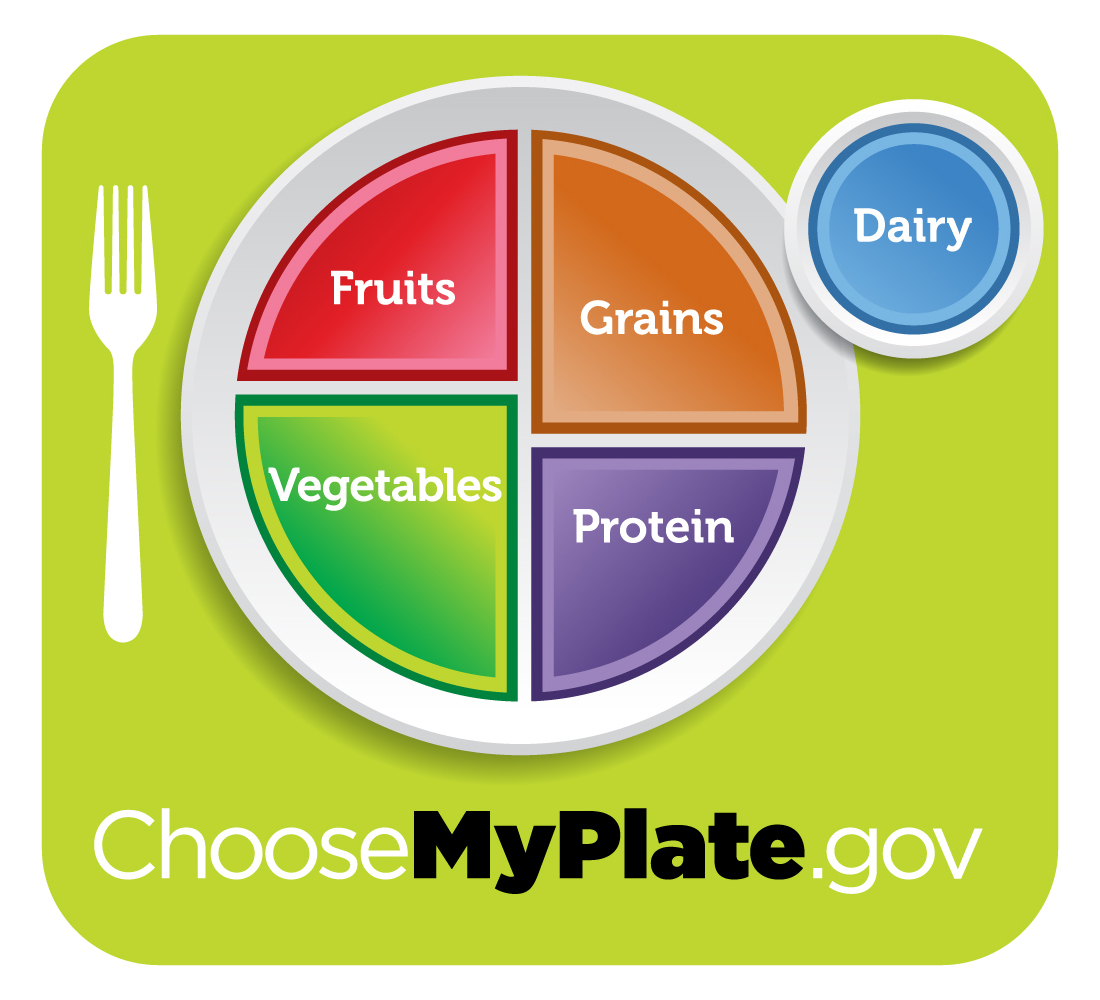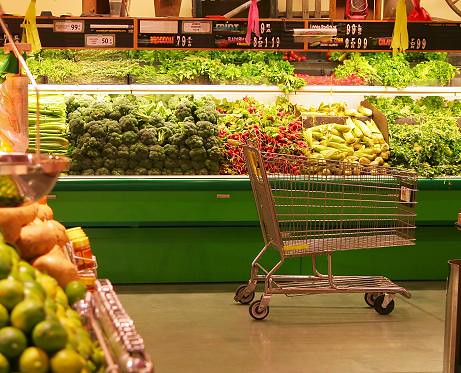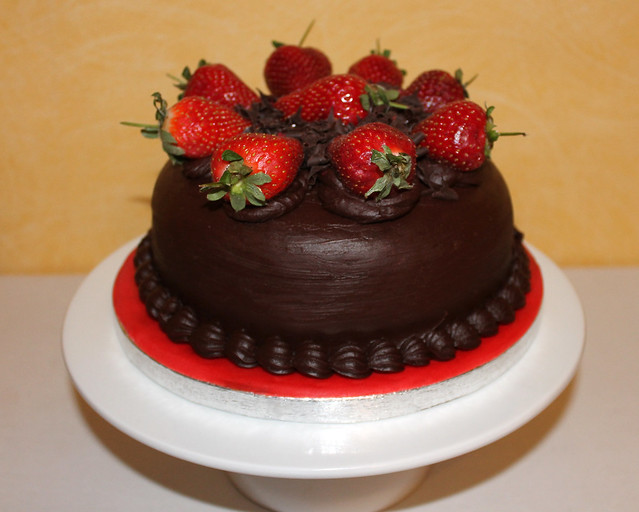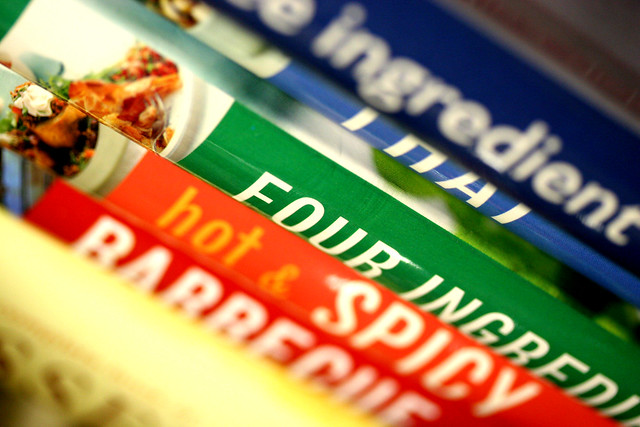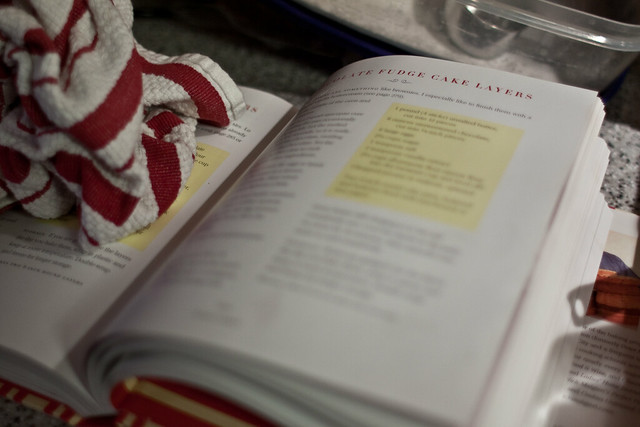Culinary Specialties
International Cuisine
- Chinese Cooking Schools
- French Cooking Schools
- Italian Cooking Schools
- Japanese Cooking Schools
- Thai Cooking Schools
Specialty Schools
- Pastry Schools
- Vegetarian Cooking Schools
- Weekend Cooking Schools
- Kids Cooking Schools
- Cooking School Vacations
Online Options
Culinary Training
Top Schools
- Culinary Arts Schools
- Le Cordon Bleu
- The Art Institutes
- Kitchen Academy
- Johnson and Wales
- International Culinary Center
Majors
- Culinary Majors
- Culinary Arts
- Baking & Pastry Arts
- Food Prep/Prof. Cooking
- Hotel & Restaurant Management
- Culinary Arts Management
- Wine, Spirits & Beverage Management
Degree Types
Career Information
What's Cooking?: A Culinary Curriculum for Cultivating Foodie Kids
Overview
According to the Centers for Disease Control and Prevention, as of 2012, more than one third of children and adolescents were overweight or obese. The CDC warns that children who are obese are more likely to be obese as adults, putting them at greater risk for heart disease, type 2 diabetes and other serious health problems.
While genetic and hormonal factors can contribute to childhood obesity, Mayo Clinic states, "Lifestyle issues - too little activity and too many calories from food and drinks - remain a significant contributor to childhood obesity."
Far too many of today's kids live sedentary lifestyles and frequently eat sugary foods, fast food, and super-sized portions. One of the best ways to curb these unhealthy habits is to turn kids into foodies who appreciate healthy, nutritious foods and are knowledgeable about how to prepare them themselves.
Cultivating culinary kids is a great way to help them build healthy habits early on. When children know how to make healthy food choices and can prepare well-balanced meals on their own, they'll be far less reliant on unhealthy, quick and easy options like fast food and pre-packaged foods.
Teaching kids how to cook makes them healthier, but it also does a lot more. Sure, it's a great way to help them build healthy habits that will carry them into adulthood. But as Julie Negrin M.S., C.N., writes in her ebook, How to Teach Cooking to Kids, it's also a great way to reinforce and teach subjects like science, math, and reading, and provides a fun, hands-on way to introduce them to other life skills such as budgeting, problem-solving, grocery shopping and more. And according to WebMD, it gets them away from the TV and into an activity that helps build independence and self-confidence.
For parents and teachers eager to instill healthy eating habits into their kids and to build strong, independent children, there are many valuable resources. Here is a selection of sources that offer comprehensive information about nutrition and health for kids and teens, including tips on how to teach them to cook:
- CDC's BAM! Body and Mind
- Nutrition.gov
- Baylor College of Medicine's Children's Nutrition Research Center
- Choosemyplate.gov
- How to Teach Cooking to Kids Ebook
- USDA's Center for Nutrition Policy & Promotion's Dietary Guidelines for Americans
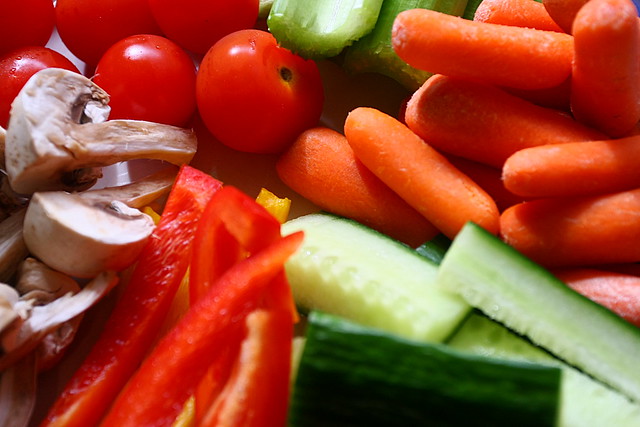
Pre-K - 4
It's never too early to develop healthy eating habits. According to the CDC healthy eating from an early age can prevent problems such as high cholesterol and high blood pressure and reduce the risk of developing heart disease and diabetes.
In Pre-K - Grade 4, students can learn the food groups, the importance of making healthy food choices and can be introduced to the world of cooking through basic cooking techniques. It's also an important time to teach kids about how to stay safe in the kitchen.
Pre-K students can participate in tastings and food identification and can participate in no-bake cooking exercises. By Grade 4, they'll be able to participate in slightly more advanced cooking exercises, such as mixing and stirring and reading recipes.
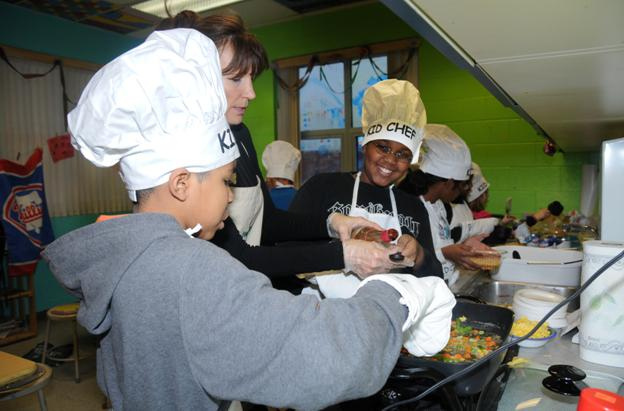
Lesson: Healthy Food Identification and Tasting
Exploring Food Together - "Help young children learn to love healthy food." Exploring Food Together is a toolkit that can be used to teach young children the basics about making healthy food choices. The toolkit includes activities that teach young children about food identification and tasting, food purchasing, food origins and more. It also includes a catalog of food images that can be used in tandem with the activities in the toolkit. Source: Cooking Matters
"A" is for Apple. The Alphabet Food Game "A" is for Apple. "B" is for Banana. "C" is for...The Alphabet Food Game uses food identification as part of an early literacy lesson. Students can provide foods that begin with each letter or food images can be placed on flashcards to prompt young students to identify the food and provide the first letter of the food's name. Source: Action Alphabet
Serving Up MyPlate - A Yummy Curriculum A new and improved version of the Food Pyramid, MyPlate illustrates the five food groups of a healthy diet. Provided by the U.S. Department of Agriculture Food and Nutrition Service's Team Nutrition Initiative, this curriculum brings MyPlate to first and second graders, providing an introduction to healthy foods and nutrition. The curriculum includes three lessons, a pacing guide with the time required for each activity and multiple fun activities to keep students interested and learning, including three original songs. Source: Choose MyPlate
Color the "food" rainbow These activities for K-1 help introduce, explore and reinforce healthy food choices. Students list foods that are different colors to learn how colorful fresh foods can be. It is a great intro-level nutrition discussion. Source: Cooking with Kids, Inc.
Lesson: Kitchen Safety and Hygiene
The 6 Steps of Handwashing Proper handwashing greatly reduces the spread of illness and is an essential part of kitchen safety and hygiene. This colorful poster makes handwashing fun through a six-step process. Source: Scrub Club
Fight Bac! at Picnic Park - Presented by the Partnership for Food Safety Education, this curriculum package presents food safety basics to young children. The package includes two PDF activity sheets that teach students food handling basics, a PowerPoint quiz, and a "Ten Least Wanted Pathogens" poster. Source: Fight Bac!
Stay Safe in the Kitchen One of the most important lessons young children should learn as they start their culinary journey is how to stay safe in the kitchen. Provided by the National Fire Protection Association's kids website Sparky.org, the "Kitchen Safety Key Hidden Pics" activity sheet helps familiarize children with appliances and other kitchen tools while also teaching them key safety lessons, e.g. "Stay at least 3 feet from the stove." Source: National Fire Protection Association's Sparky.org
Lesson: A Kid-friendly Introduction to Cooking Basics
Cooking Verbs Flashcards Before they can get cookin', young children must learn the lingo. These colorful flashcards help them learn common cooking verbs, such as bake, pour, blend, boil, etc. Source: My English Images
Let's Get "Cooking" These no-cook recipes are great hands-on projects for young children and classrooms without access to heat. The individual portion recipes introduce young children to cooking basics and get them more involved with snack time as they make their own snacks. Source: PreKinders.com
Cooking with Cookie In this interactive game, kids work with the world-renowned Chef Cookie Monster to make banana chocolate chip cookies. A great intro to cooking, kids learn how to follow a recipe from start to finish as Chef Cookie Monster leads them through measuring ingredients, stirring the batter, cutting the cookies and so on. Source: Sesame Street
Grades 5 - 8
Children in Grades 5 - 8 can begin to take on more challenging cooking tasks like working with recipes, handling kitchen measuring tasks, such as converting, and working with some kitchen tools, such as the mixer. It's also a good time to introduce them to life skills associated with cooking, such as meal planning, grocery shopping on a budget, and making healthy food choices when on their own.
Grade 5 - 8 students may still require some supervision but can be introduced to more advanced cooking techniques such as working with the stove and oven.
Lesson: How to Work with Recipes
Read It Before You Eat It The "Read It Before You Eat It!" poster teaches young people how to read a Nutrition Facts Label. The better they're able to read these labels the better decisions they'll be able to make when shopping for a recipe or just looking for a healthy meal. Source: University of California Department of Nutrition
Get Cooking with Words! This lesson serves a duel purpose. It familiarizes students with cooking terminology and working with recipes while also helping them improve their procedural writing skills. Students learn the importance of word choice and how to create easy-to-understand, step-by-step instructions. Source: International Reading Association
The Shopping List Shopping based on a list is an important life skill. It's also an important part of shopping for a certain recipe. In this lesson, students learn how to make a list, budget for a list, and make decisions based on cost. Source: MoneyInstructor.com
Lesson: Healthy Eating - Make the Right Choice
Become a Nutrition "Xpert" As young people begin to make food choices of their own, it's important that they're able to make informed decisions. This Q&A from the CDC asks and answers questions about what healthy diets really look like and the kinds of foods kids need to eat in order to grow up healthy and strong. After learning from the Q&A, students can test their knowledge by taking the quiz also offered on the site. Source: Centers for Disease Control and Prevention
"Be Sugar Savvy" In this multi-step lesson, kids learn how much sugar is in the foods they eat and what they drink. Students learn how to read Nutrition Facts labels carefully so that they can find the hidden sugar in the foods they eat and as a result make healthier choices. Additional helpful resources, such as "The 5 C's of Sugary Drinks" handout and instructions for four Children's Power Play activities complement the lesson. Source: City and County of San Francisco
Cooking with Healthy Recipe Ingredients In this lesson, students are asked to make healthy choices while making a pancake recipe via an interactive game. First, students learn what ingredients can be added or substituted in a recipe to make it healthier. Then, they play the "Chef Solus Cooking Academy Game," which teaches them how to follow a recipe while also learning which food substitutions will make their virtual pancakes ingredients healthier. Source: Nourish Interactive
Lesson: An Introduction to Baking
Read the Whole Recipe Before You Get Started As kids gain some independence in the kitchen, it's important that they understand a few essential cooking rules. One of those rules is to always read the whole recipe through before starting to ensure that you have all of the ingredients, tools and utensils you'll need. This lesson also provides a great overview and review of other important cooking rules. Source: About.com Cooking For Kid
Kitchen Math and Measuring. The "Kitchen Math and Measuring" PowerPoint presentation provides a detailed look at kitchen measurements. It starts by presenting key measurement abbreviations, explains how and what to use when measuring dry and liquid ingredients, and then advances to teaching students about measurement equivalents and how to scale up recipes to serve larger groups. Source: Learning Zone Express
Bring the Heat "Bring the heat" introduces kids to working with the oven (under the watchful eye of their parents or a teacher). The lesson has kids make a cupcake recipe. Parents/Teachers can emphasize the "difference a degree can make" as the kid participants learn the importance of pre-heating and how the baker's dozen came about. Source: Betty Crocker
Grades 9 - 12
By Grades 9 - 12, students can work more independently in the kitchen. Of course, it's always important to emphasize safety precautions, but in their teens, kids can prepare and plan a healthy meal from start to finish with limited adult supervision. This age group is close to adulthood and will soon be on their own so it's important to reinforce the benefits of cooking nutritious, fresh, healthy foods instead of relying on the ease of fast food and pre-packaged food.
Lesson: How to Use a Knife
Knife Safety and Introductory Skills This lesson introduces students to the world of knives. As the lesson plan explains, they come in all shapes and sizes. Not only is it important that students know how to use knives safely, it's important that they know which knives to use for different activities. The lesson teaches students about the kinds of knives, how to sharpen and store them, how to use them safely, and how to practice knife skills. It ends with a lab that allows students to demonstrate the knife skills they've learned. Source: Utah State University
Learning Precision Cuts, e.g. Chopping, Mincing, Dicing, etc. Once students are confident using knives and can do so safely, they're ready to learn precision cuts. This lesson provides an intensive look at the precision cuts used in cooking, from chopping to mincing to julienning. Students also learn when and why these cuts should be used. The lesson includes a short test that parents/teachers can use to test students' knowledge of the skills. Source: Bloom Trail High School
Working Like a Chef in the Kitchen - Making Soup. The Sylvia Center's Teen Chef Program introduces "how to cook fresh, simple plant-based meals from scratch." In this portion of their six-week curriculum, students learn how to apply their knife skills to cutting vegetables for a soup. The lesson provides an overview of the standard cuts that will be used and leads students through preparing a Veggie Black Bean Soup recipe. Source: The Sylvia Center
Lesson: Meat and Poultry Preparation
Preventing Cross-contamination In this lesson, students learn the importance of keeping a clean and sanitary kitchen and the dangers of cross-contamination. Students are taught about hand-to-food cross-contamination and food-to-food cross contamination and are given steps to take to prevent them. The lesson includes two activities-"Case Study: The Difference Between Clean and Sanitary," in which students read a scenario and then point out what the person in the scenario did wrong and a "Checklist for Preventing Cross-contamination," in which students recap what they've learned by filling out a checklist. Source: National Food Service Management Institute
Cook to the Right Temperature Especially as students learn to cook meat, poultry and fish, it is important they understand what steps they can take to prevent food poisoning. These steps from the U.S. Department of Health & Human Services provide students with a process they can follow to ensure they're cooking foods to the right temperature. The lesson also includes a video, which introduces students to the four steps for preventing food poisoning-Clean, Separate, Cook, and Chill. Source: U.S. Department of Health and Human Services
Preparing Meats, Poultry, and Fish This multi-lesson curriculum introduces students to the culinary techniques that can be used to prepare meat, poultry, and fish. The curriculum takes students through preparing their kitchen area for cooking meat, poultry, and fish dishes and introduces steps that can be taken to make their meat, poultry and fish dishes, healthier. The curriculum then introduces students to culinary techniques, such as roasting, baking, and braising. Source: National Food Service Management Institute
Lesson: Let's Make Dinner - Preparing a Meal from Start to Finish
Start with a Salad. The Salads and Salad Dressings Lab (with attachments) Students demonstrate their salad making skills. In this lab, students will follow recipes to make vinaigrette and mayonnaise-based salad dressings. They'll then use their cutting, cooking, and food prep skills to make a salad. The lesson includes Word and PDF versions of the salad lab instructions and recipes. Source: Utah Education Network
Fast Meals and Quick Snacks: A Cookbook for Teens For the "main course" portion of the lesson, this teen e-cookbook is a great resource. The first part of the ebook provides teens with a review of important kitchen skills, safety precautions, and facts about nutrition. The second part of the ebook features a wide variety of healthy recipes easy enough for teens to make on their own (or with limited supervision). Source: California Department of Public Health
Dessert - How to Setup a Bakeshop. Students learn what goes in to setting up a bakeshop (or bakery). This intensive lesson teaches students about common bakery equipment, common bakery ingredients (varieties of flour, sweeteners, eggs, etc.), the difference between a bakeshop formula and a recipe, and the technicalities of yeast dough production. Next, it's on to the fun stuff, as students learn about icings and buttercreams, meringues, pie doughs and plated desserts. Source: Connecticut Technical High School

